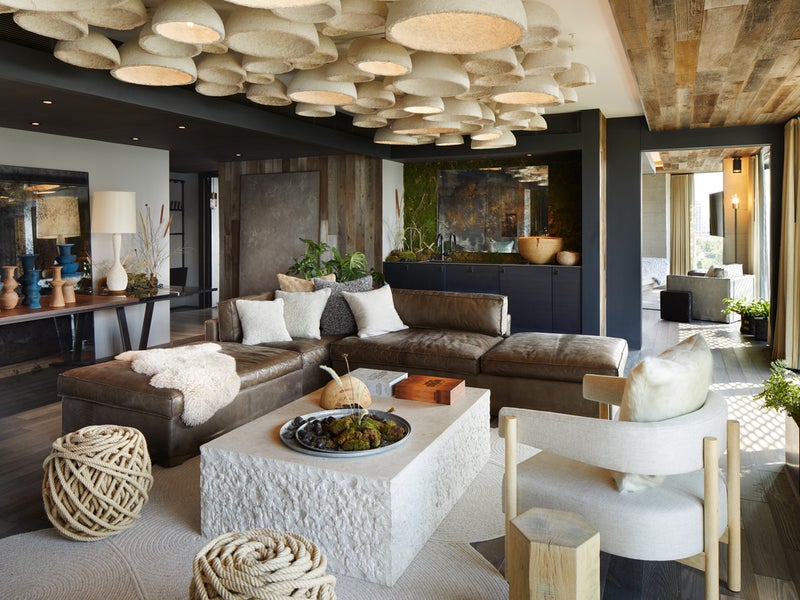The Art Of Brooklyn: Meet Danielle Trofe Design
Danielle Trofe may be a designer, but she’ll be the first to tell you that what she does in her studio in Brooklyn’s Industry City complex is science.

At 1 Hotel Brooklyn Bridge our design embraces local community, the history of our neighborhood, and our natural surroundings. In this series, we go behind-the-scenes with Brooklyn-based artists featured throughout the hotel, and their creations which bring our design ethos to life.
Danielle Trofe may be a designer, but she’ll be the first to tell you that what she does in her studio in Brooklyn’s Industry City complex is science.
Don’t let the word confuse you; Trofe and her team aren’t exactly wearing lab coats and pouring chemicals into beakers. Quite the opposite, actually. Describing her work as bio-design, Trofe uses material sciences (think: plants, living organisms, the environment) to create innovative designs for everyday objects that are more tapped into the natural world around us.
Okay, but what does that actually mean? Well, it means Trofe created over 100 (beautiful!) lampshades for 1 Hotel Brooklyn Bridge…out of mushrooms.
Yes, you read that right. Here’s how it works: Trofe collects agricultural waste (chopped-up corn stalks, seed husks, and hemp) from upstate New York and inoculates it with mushroom mycelium. Mycelium is, essentially, nature’s glue—it’s the mushroom root structure (we eat the fruit structure), and its tiny threads connect plants and organisms together underground. So, this means that, once Trofe packs the mycelium-injected mulch into custom molds, all she has to do is just leave it alone for a few days for the lampshade (or planter, or other object) to grow. Grow! Once it looks the way she wants, she lets it dry out and then bakes it in an oven in order to stop the growth, which guarantees that your lamp won’t be sprouting any mushrooms.
Needless to say, as soon as our team at 1 Hotel Brooklyn Bridge discovered Trofe’s work, we knew we had to commission something from her. Not only are her pieces entirely sustainable and renewable, but they’re also completely natural and biodegradable. Someday, when they’re done being used, the lampshades could be chopped up and put in the compost, to return to nature.
Oh, and, in case you’re wondering: While Trofe wouldn’t recommend it and we’d prefer you didn’t, yes, you could eat theoretically the lampshades.
To learn more about Brooklyn artist Danielle Trofe, visit her website.
Read our previous posts in The Art of Brooklyn series, featuring Rachel Mica Weiss and Jarrod Beck.












